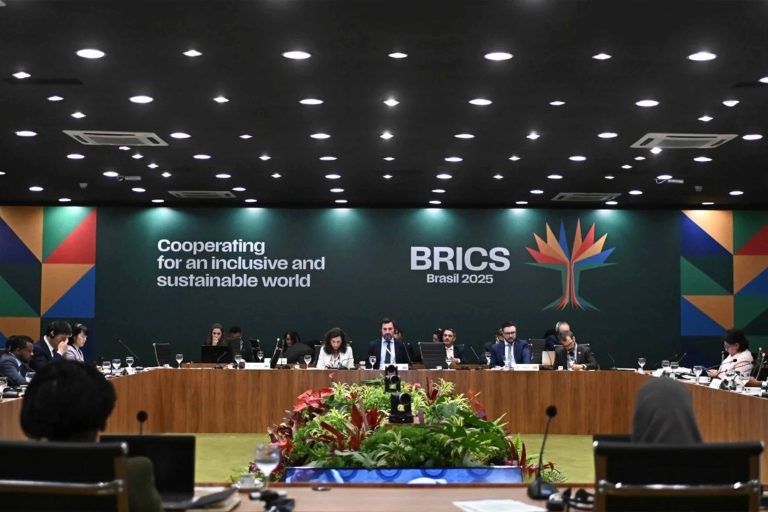Russia’s E-Commerce Market Analysis

1. Market Growth and Size
- In 2023, Russia’s e-commerce sector was valued at ₽6.4 trillion (~$70.3 billion), growing 28% year-over-year.
- Despite a 37% contraction in 2022 due to Western brand exits, the market rebounded quickly.
- The broader retail e-commerce market was worth $21.6 billion in 2023, expected to grow to $28.2 billion by 2024, and projected to hit $283.4 billion by 2032 (CAGR 16.7%).
2. Regional and Demographic Expansion
- While Moscow and St. Petersburg remain main centers, regions like Siberia, the South, and the Far East have seen turnover surge 60–80%, showing strong regional growth.
- Mobile commerce dominates by 2023, mobile sales reached $19.47 billion, with smartphone users spending and buying more frequently than desktop users.
3. Consumer Behavior and Preferences
Shopping Habits
- About 81% of Russians shop online monthly.
- They are loyal to brands but also highly price sensitive: 53% compare prices, only 6% ignore discounts.
Digital and Social Media Influence
- Social media plays a critical role in product discovery, with platforms like: VKontakte (67M users), Facebook (66M users) and Instagram (57M users)
- Russians spend on average 2.33 hours daily on social media.
- Personalized advertising is well received, boosting conversion rates by up to 10% through tailored product suggestions and offers.
4. Smarter Logistics in Russia
Adapting to Scale: Russia’s vast size has driven innovation in logistics, with flexible solutions emerging to overcome geographic challenges.
Convenient Pick-Up Options: Over 39,000 PUDO and BOPIS points now serve consumers nationwide up 47% since 2019, boosting delivery convenience.
Retailers Delivering Themselves: Wildberries and Ozon now handle 80% of last-mile logistics through their own networks, improving speed and control.
Post-Pandemic Resilience: The pandemic fast-tracked logistics upgrades, creating a more reliable and scalable fulfillment system.
5. Payments and Financial Infrastructure
Popular Payment Methods
- Cash on Delivery (COD) remains widespread, especially in rural and less digitalized areas.
- Other options gaining popularity include digital wallets, credit cards, Buy Now Pay Later (BNPL), and online banking.
- The MIR card, introduced in 2014 by the Russian Central Bank, accounts for 15% of online purchases, mainly among state employees.
6. Legal and Regulatory Considerations
Data Localization
- Russian law requires all personal data of Russian citizens be stored on servers within Russia.
- International sellers must either host data locally or partner with compliant providers.
7. Opportunities and Outlook
- Social commerce via VK and Instagram is booming.
- Independent D2C brands are gaining traction with younger consumers.
- Fintech integrations (payments, credit, loyalty programs) are expanding within digital retail.
- Consumers expect value, affordability, personalized experiences, and reliable delivery.
Conclusion
Russia’s e-commerce market is growing quickly and becoming more self-sufficient. While infrastructure and geopolitical issues exist, strong consumer demand, regional diversity, and progress in logistics and digital payments make it an appealing market. Achievements depend on effective localization and building compliant operations.
Businesses entering this market should secure legal support to ensure compliance and smooth operations. Contact our legal team for guidance on doing business in the Russian e-commerce sector.







